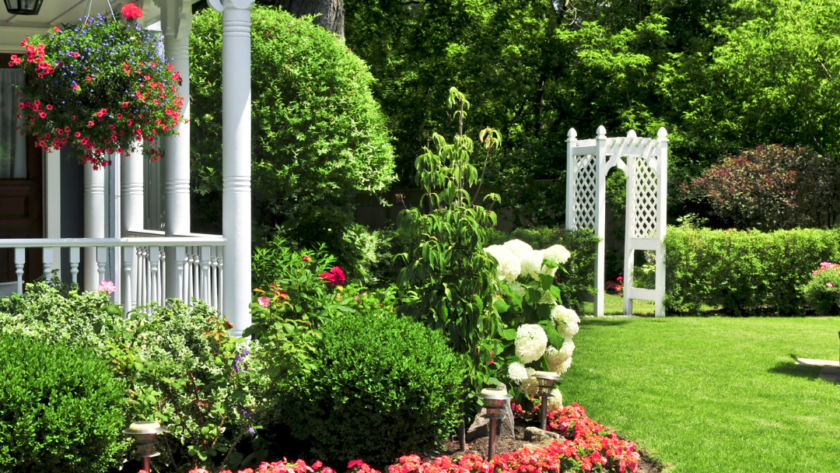Maintaining a lush, healthy lawn requires proper care and attention throughout the year. By following a consistent lawn care routine, you can enhance the appearance of your lawn, improve its resilience, and promote healthy growth. Here are some essential lawn care practices to help you achieve a beautiful and vibrant lawn.
Mowing
Regular mowing is essential to keep your lawn looking neat and tidy. Set your mower to the appropriate cutting height for your grass type and aim to remove only one-third of the grass blade length with each mowing session.
Have a look at zero turn lawn mowers if you have a lot to mow—this way you can easily mow the correct amount, rather than being tempted to cut lower and damage your grass. Mow when the grass is dry to achieve a clean cut, and vary the mowing pattern to prevent soil compaction and rutting.
Watering
Effective watering practices are essential for nurturing a vibrant lawn, particularly in arid and scorching conditions. To promote robust root development and resilience to drought, water deeply and intermittently. Opt for early morning watering sessions to reduce evaporation rates and mitigate the risk of fungal infections. Utilizing a rain gauge allows you to gauge precipitation levels accurately and tailor your watering regimen accordingly, ensuring optimal hydration for your lawn.
Fertilizing
Regular fertilization and knowing how often to fertilize your lawn help provide essential nutrients that promote healthy grass growth and vigor. Choose a high-quality fertilizer formulated for your grass type and apply it as recommended. Avoid over-fertilizing, as excessive nutrients can lead to nutrient runoff, environmental pollution, and lawn damage.
Aerating
Lawn aeration helps alleviate soil compaction, improve air and water penetration, and promote root growth. Use a core aerator (manual or powered) to remove plugs of soil from the lawn, allowing air, water, and nutrients to reach the roots more effectively. Aerate your lawn once or twice a year (particularly in compacted, walked on areas), preferably in the spring or fall when the grass is actively growing.
Overseeding:
Overseeding introduces new grass seed to your lawn, filling in thin or bare areas and promoting denser turf. Choose a high-quality grass seed blend suited to your climate and growing conditions. Prepare the soil by dethatching and aerating before overseeding, and ensure good seed-to-soil contact for optimal germination.
Weed Control
Ensuring thorough weed control is paramount to preserving a pristine lawn and thwarting the encroachment of invasive species. Employ pre-emergent herbicides to halt the germination of weed seeds and post-emergent herbicides to eradicate established weeds.
For targeted weed management in confined spaces, manual removal or spot treatment proves efficacious in curbing weed proliferation. By implementing these methods, you can effectively maintain a weed-free lawn and safeguard its lush appearance.
Pest and Disease Management
Vigilantly monitor your lawn for indications of pest infestations, including grubs, insects, or fungal diseases, and respond swiftly to mitigate their impact. Embrace integrated pest management techniques to reduce reliance on chemical pesticides and encourage natural pest control mechanisms. Employing appropriate watering, mowing, and fertilization practices can further fortify your lawn against pest and disease issues, fostering a healthy and resilient turf.
Lawn Renovation
Periodic lawn renovation can rejuvenate tired or damaged turf and improve overall lawn health. Renovation techniques may include dethatching, aerating, overseeding, topdressing with compost or soil amendments, and repairing bare patches or damaged areas. Plan your lawn renovation project for the optimal time of year based on your grass type and climate.
Seasonal Maintenance
Adjust your lawn care practices according to the changing seasons to meet the specific needs of your lawn. This may include spring lawn cleanup, summer watering adjustments, fall aeration and overseeding, and winterizing preparations. Tailor your maintenance tasks to address seasonal challenges and promote year-round lawn health.
By incorporating these essential lawn care practices into your routine, you can cultivate a vibrant, healthy lawn that enhances the beauty and value of your property. Consistent care, proper maintenance, and attention to detail will help you achieve long-lasting results and enjoy a beautiful lawn for years to come.



